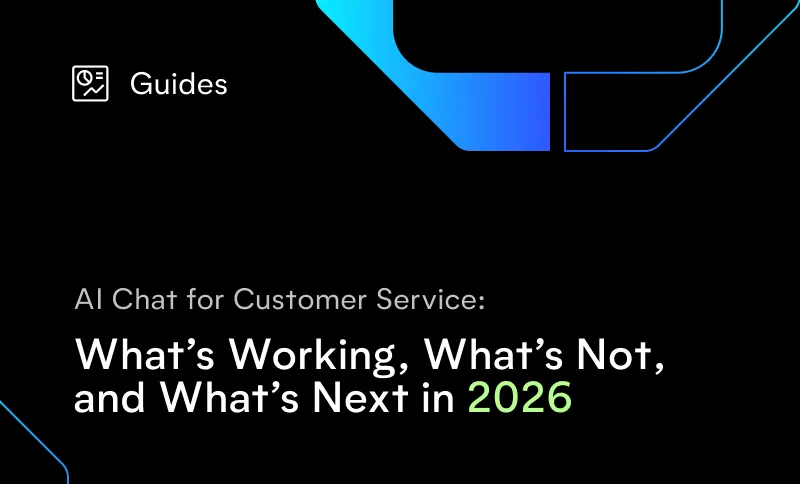
Last month, we looked at ten of the most important contact center stats to emerge over the last 18 months.
The numbers put into perspective 3 trends that many contact center leaders already suspected:
- The phone is still a leading customer service channel despite the growth of self-service options.
- Poor CSAT scores are on the rise due to long hold times and unreliable service.
- And the pandemic has created a tumultuous hiring environment that is exacerbating customer service capacities.
As 2022 begins, contact center leaders are on the hunt for solutions. In order to meet the customer service demands of, as the New York Times puts it, “a nation on hold,” contact centers must keep an eye on the trends shaping what success looks like.
Here are 10 of the most important trends heading into the 2022 New Year.
#1: Engaged employees are 87% less likely to leave their organizations.
The “Great Resignation” led to unprecedented agent churn, leading to longer hold times than ever and headaches for hiring and training managers. But, data shows that more engaged employees are more likely to stay put. This is especially important in contact centers, where repetitive calls can lead to agent burnout. Technologies like conversational AI can fully resolve tier-1 calls and will allow agents to focus on the work that helps them engage and grow in 2022.
#2: At least 72% of customers are likely to share their positive experiences with six other customers.
Positive customer experiences are increasingly becoming a key differentiator in every industry, and a tool for growth. And just like employee churn is on the rise, customers are more willing than ever to take their dollars elsewhere when dissatisfied with their service. Contact centers who invest in their experiences with the goal of building their brand will see their reputation rise.
#3: Nearly 80% of American consumers point to speed, convenience, knowledgeable help and friendly service as the most important elements of a positive customer experience.
Speed and convenience are the first steps to positive customer experiences. Without an easy-to-reach contact center, your CSAT scores are fighting an uphill battle. Contact centers should evaluate their IVRs, eliminate rigid menus, and make sure every step a customer takes helps resolve their issue – not waste their time. Customers expect a response from a company within five minutes or less according to Forrester.
#4: One in three customers will leave a brand they are loyal to after one bad experience.
Bad experiences are driving customers away faster than ever. What’s more frightening for contact centers is that what a customer defines as a poor experience can occur before your agents even get on the phone. Customers understand that agents are stretched thin, but with solutions like conversational AI available there’s no longer a need for long hold times and unproductive IVRs that sour experiences from the start.
#5: 86% of buyers say they’re willing to pay more for a great customer experience.
If customers are willing to invest more for a better experience, they expect brands to do the same. If you’re a contact center leader, every investment you make should contribute to great customer experiences. Personalization, call-back options, multi-language, and omnichannel service should all come standard at contact centers.
#6: E-commerce is expected to account for 23.6% of all retail sales by 2025, compared to 11.0% in 2019.
Today’s customers can shop for everything from clothes to hotel rooms to insurance and healthcare in a completely digital, frictionless environment. Retail contact centers should focus on creating equally frictionless customer service experiences that promote further sales instead of using digital trends as a reason to shrink their customer service investments.
#7: Customer experience is currently the most effective use of AI in insurance.
According to PwC AI Predictions 2021, 65% of responding insurance providers cited better customer experiences as a benefit of using AI. Conversational AI can automate more aspects of claims processing, create more regular customer interactions, and analyze more data than competing solutions.
#8: Continued workforce challenges will drive an unprecedented restructuring of healthcare service and support.
In healthcare, contact center restructuring is already underway. The industry can’t afford for its talent to be focused on redundant tasks after its most taxing two-year period in modern history. Automation that can help patients get answers, schedule appointments, execute reminders, and more, will ease the burden of contact centers.
#9: “Delivering a great employee experience will be the leading indicator of business success in 2022.”
The other side of all these contact center trends is the contact center itself. The experience of your customers is a direct reflection of your employees’ experience. Contact center agents who are armed with the data, assistance, and modern tools to succeed will provide customers with better experiences and signal a business that takes service seriously.
#10: “Good customer experience minimizes friction, maximizes speed and efficiency and maintains a human element, embedded within the automation.”
With modern options advancing every day, the divide between good and bad automation has never been clearer. Customers want automation that works like a human, and alongside humans. Conversational AI allows humans to talk in a natural tone without having to hit rigid keywords. It also intelligently escalates calls it can’t solve with automatically generated summaries to a human, so customers can continue the conversation where it left off.
BONUS: Data drives AI, not the other way around
The sooner you start with conversational AI, the more data you’ll acquire to help it improve. This is important, because the goal of effective AI should not be to create data, but to learn from it. Contact centers who have begun using conversational AI for even the smallest use cases have a head start against their competitors, as the technology gets smarter and uncovers unsupported call flows with each customer interaction.



.svg)


